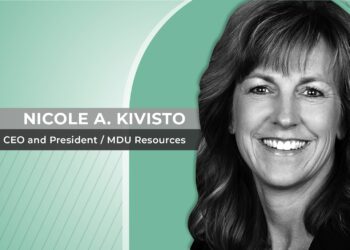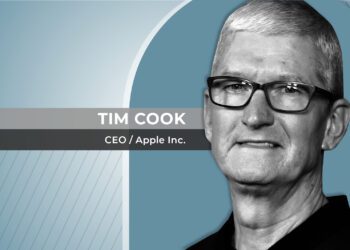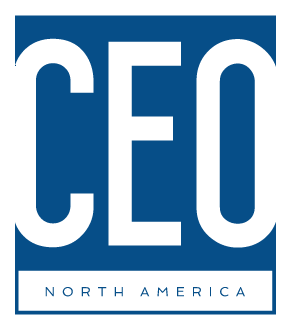

Alex Panas
Global Leader of Industry Sectors / McKinsey & Company
McKinsey & Company, the oldest and largest of the management-consulting firms referred to as “The Big Three,” is leveraging its global reach to help businesses develop the strategies, tactics and tools needed to grow operations and profit while navigating geopolitical, economic and cultural change in a time of increasing technological disruption.
For Alex Panas, Global Leader of Industry Sectors at McKinsey & Company, the more things change — and he believes they are changing faster than ever — the more other things stay the same.
Which is why he not only expects the demand for management consultancy and strategy services to remain strong, but why he and his colleagues need to work to help their clients keep ahead of market and industrial disruption without losing sight of the basics.
In particular, Panas said, that means meeting client demand for innovative ways to integrate new technologies such as artificial intelligence (AI), programs to keep pace with energy transition and solutions for the shortage of skilled labor and changing international supply chains.
“Every one of (those companies) has amazing opportunities that are emerging, amazing disruptions that are happening,” he said. “They’re all dealing with how to continue to evolve their company around organizational topics, around productivity topics, around growth topics.”
It also means helping connect businesses with the four to six trillion dollars of private equity and capital seeking healthy returns in a constantly changing environment, he said.
“You know, the beauty of our firm is, it’s a global partnership, and as a result of that, often our colleagues think in a global way.”
From the Basics to AI
But even as they help clients explore the complex frontiers of change, McKinsey strives to help them strengthen their fundamentals by providing the guidance on management efficiency and productivity, mergers and acquisitions, organic growth, navigating geopolitics, and strategic transformation.
“Clients are very interested still in the basics,” he explained. “What I mean by that is, they’re very focused on growth and how they drive growth in their business. So, the basics actually still matter, and the basics haven’t really changed.”
What has changed is technology. Among the chief technological issues for McKinsey’s clients is AI, and in particular, “generative AI,” or artificial intelligence used to produce text, images, video, or other data or content in response to queries or prompts.
AI has created huge excitement across a wide variety of industries as it creates new ways to generate value that can lead to growth, according to Panas. At the same time, the rapid advancement of these technologies has made it a challenge to manage it in a way that provides a satisfactory return on a company’s investment.
“Folks are seeing new markets, ‘green’ getting created, or new opportunities emerging in their companies … the excitement and the energy. And then we get to the reality,” he explained. “But often the technology is not the hard part, right? The hard part is actually the people and processes and the rewiring of the company to actually achieve those objectives and meet those potentials.”
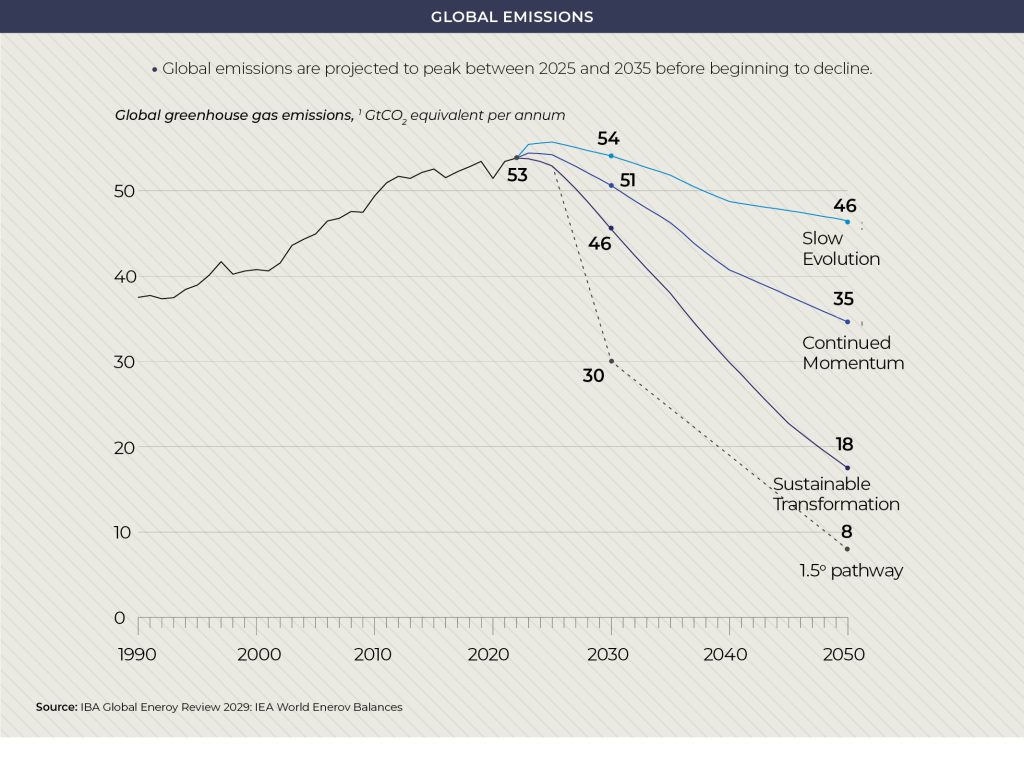

Generating Generative AI Success
As many as 90% of AI pilots fail to reach full production, according to Ben Ellencweig, a McKinsey senior partner who leads alliances, acquisitions, and partnerships globally for QuantumBlack, the AI consulting arm of McKinsey.
One example of McKinsey’s early generative AI work was a partnership with the One Ocean Foundation. Together, they analyzed the sustainability reports of about 2,500 companies in 17 sectors. Generative AI reduced analysis time by about 90% and uncovered new opportunities in eco-friendly design, such as ocean-sustainable packaging for the food industry.
To provide clients with AI tools and increase the chances of successfully implementing AI solutions, McKinsey has created partnerships and alliances with 19 tech-industry companies.
Those partners, which McKinsey calls its “enterprise generative AI (gen AI) ecosystem” includes Anthropic, AWS, Cohere, Google Cloud, Mistral AI, NVIDIA, OpenAI, and Microsoft.
McKinsey believes generative AI has the potential to generate as much as $4.4 trillion in corporate profit a year and that its ecosystem is a key to help unlocking that potential for clients.
Under an ecosystem partnership signed with NIVIDIA in May, McKinsey is helping a global leader in point-of-sale devices for retailers transform into a digital retail solution provider.
“We are quite optimistic. Growth is an outcome. It’s not an objective for us. The objective for us is to do great things and help our clients have impact.”
McKinsey’s Global Ecosystem
That ecosystem has also helped McKinsey create Lili, the consulting firm’s proprietary generative AI tool Panas said.
As McKinsey helps its clients set up AI for themselves, Lilli’s AI is being used to find and aggregate knowledge from across the firm in a streamlined impartial way.
“There’s a whole set of ecosystems, partnerships. And what that’s allowed us to do is move state of the art quicker,” Panas added. “Our colleagues can actually use generative AI tools to access that great repository of knowledge that sits across the firm and bring that at speed back to our clients in a way that we’ve never had before.”
McKinsey clients are also seeking advice on how to adapt and prepare for the ongoing energy transition, Panas said. For McKinsey, this area is not just about responding to change and regulation, but also an opportunity to increase efficiency and growth as companies seek to decarbonize their operations.
According to McKinsey’s website, not only will the transition reduce output of greenhouse gasses and reduce the risk of global warming, by 2050 it will cut the energy intensity of global GDP by 40% offering chances to reduce costs or do more with less.
“There’s a lot in there,” Panas explained. “That’s everything from sustainability, what we’re seeing around mobility and electric vehicles and what we’re seeing in kind of new types of green energy, you know, brown to green evolution.”
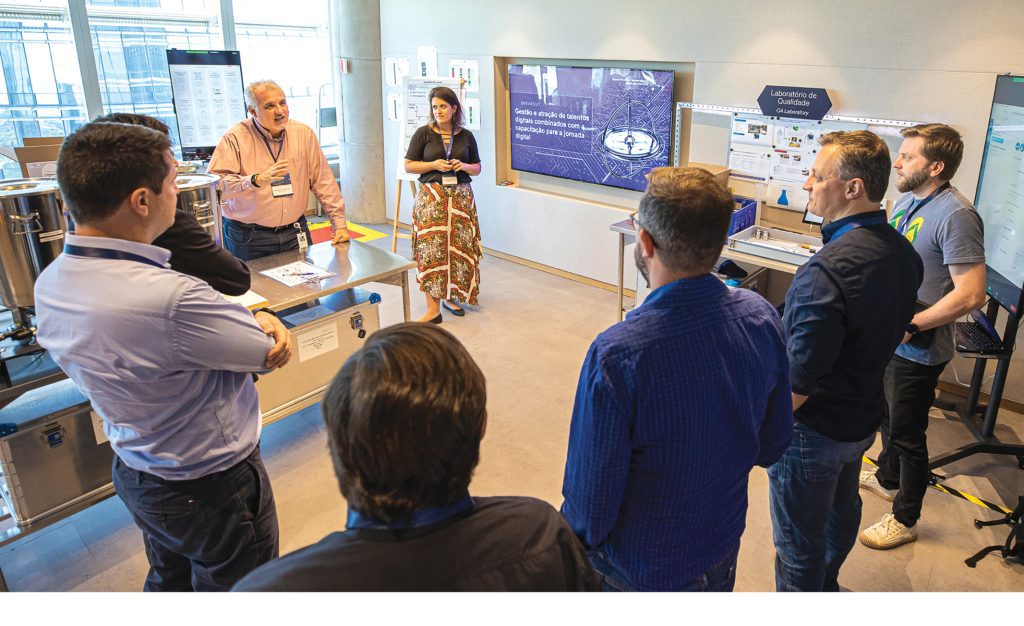

“Our view is if we can have impact with our clients and help them do great things, good things follow.”
Finding Skilled Labor
According to Panas, after the basics, AI, and energy transition, the subject that McKinsey sees the most opportunity to help clients with is the lack of skilled labor. New technologies such as AI or low-carbon energy can disrupt the labor market by making some skills obsolete, while creating new jobs faster than workers can be trained to fill them.
McKinsey is especially well-suited to deal with such issues across the firm’s broad range of competencies because it is a truly global company, Panas explained.
“You know, the beauty of our firm is, it’s a global partnership,” he said.
McKinsey’s outlook is unlike those of many competing professional-service firms, he added.
“Often, they have more country-level or office-level structures that drive a different set of behavior and optimization for that country or office versus us,” he said. “So, if there’s an expert somewhere else in the world that could be helpful to a client, we have the ability to bring that expert there.”
Global View, Global Reach
That global view also helps clients with growth across international markets and with global supply-chain strategy and tactics, especially in a time where the disruptions of Covid, geopolitical rearrangements, and wars have created great uncertainty about existing political and commercial arrangements.
“In the boardroom, in the C-suite, people are trying to be thoughtful about navigating geopolitics and being thoughtful about how supply chains are evolving, being thoughtful about how to play both offense and defense in markets and ensuring that they are being relevant in the markets that they’re part of,” Panas said.
And according to Panas, that means that the more things change the more companies and investors will need the services of an established but forward-looking consulting firm such as McKinsey.
“At the end of the day, businesses are facing ever and ever more complex challenges and more complex questions. Thus, the need for what we do and how we serve our clients has only increased,” he said.”








